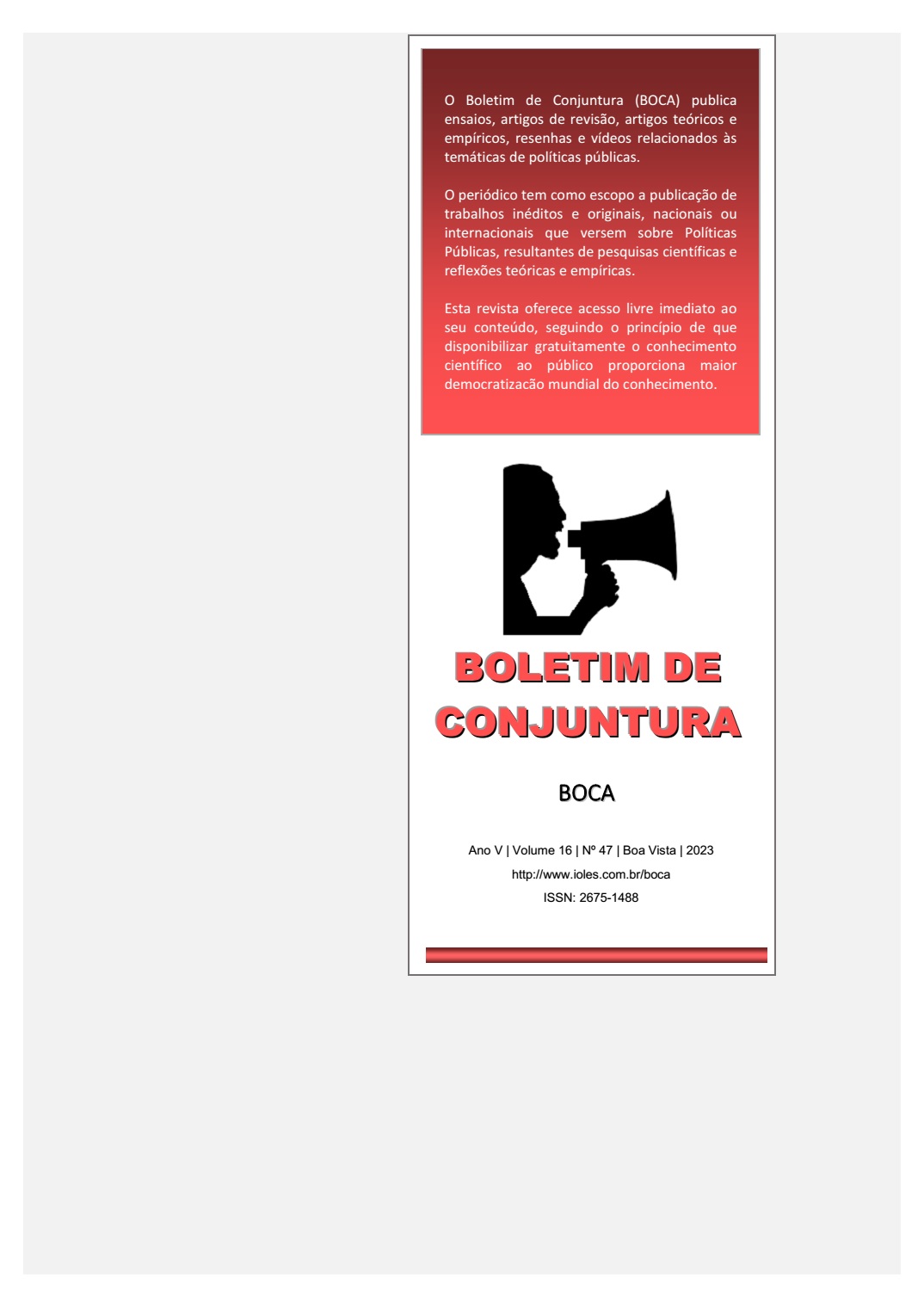STATISTICS IN HIGH SCHOOL USING MATHEMATICAL MODELING AND GEOGEBRA
Main Article Content
Abstract
This text aimed to analyze the learning of 3rd year high school students about statistical measures of centrality and dispersion, using mathematical modeling as a teaching methodology and the GeoGebra software as a teaching resource. This is, therefore, a scientific trial with a qualitative intervention-type approach and was carried out with fifteen students from a public school in São Luís/MA, during the first academic semester of 2023. The results revealed that some students had difficulties in interpreting those resulting from the calculation of dispersion, variance and standard deviation measures. However, most students were able to calculate these statistical measures during the implementation of the proposed activities. It was observed that students became more motivated and interested in classes using GeoGebra, which allowed them greater engagement and appropriation of the statistics studied. It was also found that teaching statistics through mathematical modeling allowed the teacher to mediate with the students, enabling them to analyze real situations in their daily lives.
Article Details

This work is licensed under a Creative Commons Attribution 4.0 International License.
Copyright (c). Conjuncture Bulletin (BOCA)
This work is licensed under a Creative Commons Attribution 4.0 International License.
References
ALENCAR, E. S.; BUENO, S. Modelagem matemática e inclusão. São Paulo: Editora Livraria da Física, 2017.
ALMEIDA, L. M. W. “Considerations on the use of mathematics in modeling activities”. ZDM: The International Journal on Mathematics Education, vol. 50, 2018.
AMARAL. et al. “Desafio curricular: desenvolvimento da pesquisa científica do Ensino Médio à Graduação”. PEER Review, vol. 5, n. 22, 2023.
ARAÚJO, L. C. L.; NÓBREGA, J. C. C. Aprendendo matemática com o GeoGebra. São Paulo: Editora Exato, 2010.
BARBOSA, J. C. “Modelagem matemática: o que é? por quê? como?” Veritati, n. 4, 2004.
BARDIN, L. Análise de conteúdo. São Paulo: Editora Edições 70, 2011.
BASSANEZI, R. C. Ensino-aprendizagem com modelagem matemática. São Paulo: Editora Contexto, 2016.
BURAK, D.; ARAGÃO, R. M. R. A modelagem matemática e relações com a aprendizagem significativa. Curitiba: Editora CRV, 2012.
CAMPOS, C. R.; WODEWOTZKI, M. L. L.; JACOBINI, O. R. Educação estatística: teoria e prática em ambientes de modelagem matemática. Belo Horizonte: Editora Autêntica, 2011.
FIORENTINI, D. et al. Pesquisa qualitativa em Educação Matemática. Belo Horizonte: Editora Autêntica, 2013.
FIORENTINI, D.; LORENZATO, S. Investigação em educação matemática: percursos teóricos e metodológicos. Campinas: Editora Autores Associados, 2009.
GEOGEBRA. “O que é o GeoGebra?”. GeoGebra [2020a]. Disponível em: . Acesso em: 25/06/2023.
GEOGEBRA. “Faça construções com o GeoGebra”. GeoGebra [2020b]. Disponível em: . Acesso em: 25/06/2023.
GIL, A. C. Como elaborar projetos de pesquisa. São Paulo: Editora Atlas, 2010.
GONTIJO, C. H. “Creativity Techniques to Stimulate Mathematical Thinking. Education and Mathematics”. Journal of the Association of Teachers of Mathematics, n. 135, 2015.
KENSKI, V. M. Educação e tecnologias: o novo ritmo da informação. São Paulo: Editora Papirus, 2012.
MARTINS, S. P. et al. “O lugar das tecnologias na educação básica: um estado do conhecimento dos anais do EDUCERE (2008-2019)”. Boletim de Conjuntura (BOCA), vol. 15, n. 43, 2023
MEDEIROS, I. A. A.; NERES. R. L. “Las tecnologias digitales em la enseñanza de las matemáticas, frente a la pandemia de covid 19 em la ciudad de São João do Sóter – MA”. UNION: Revista Iberoamericna de Educacion Matemática, n.63, 2021.
MEYER, J. F. C. A.; CALDEIRA, A. D.; MALHEIROS, A. P. S. Modelagem em educação matemática. Belo Horizonte: Editora Autêntica, 2013.
NASCIMENTO, E. G. A. “Avaliação do uso do software GeoGebra no ensino de Geometria: reflexões da prática na escola”. Actas de La Conferência Latinoamericana de GeoGebra. Montevideo: GeoGebra, 2012.
RODRIGUES, M. U. “Contextualizando a Análise de Conteúdo como procedimento de análise de dados em pesquisas qualitativas”. In: RODRIGUES, M. U. (org.). Análise de Conteúdo em Pesquisas Qualitativas na área da Educação Matemática. Curitiba: Editora CRV, 2019.
SILVA, J. G. et al. “Ensino de Matrizes na Educação Básica: uma experiência com criptografia”. PEER Review, vol. .5, n. 21, 2023.
SOUSA, L. A. R. et al. “Matemática e inclusão: práticas de ensino e aprendizagem em tempos de pandemia da COVID-19”. Boletim de Conjuntura (BOCA), vol. 16, n. 46, 2023.


